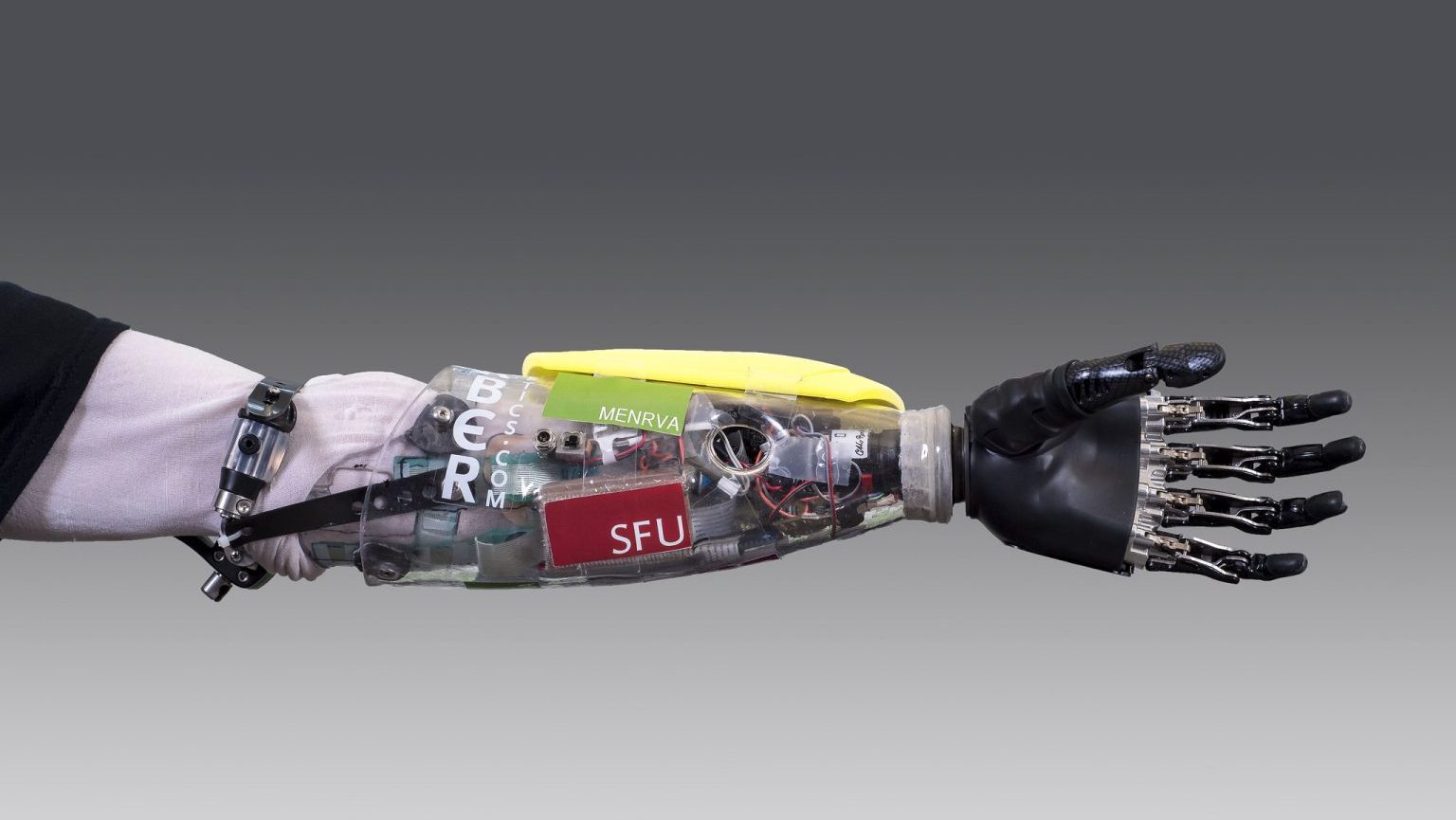Video: Danes on the Future of Science Journalism
In June, I will be heading to Copenhagen to speak at and participate in the annual meeting of the Danish Science Journalists Association. The meeting titled “Framing Research” tackles many of the issues that I address in previously published and forthcoming articles, including a major article co-authored with several colleagues that is scheduled to appear around the time of the conference. [More on that in June.]
As a build up to the conference, the organizers have been conducting “person in the street” interviews on key themes. One of the main topics of the conference, as featured in this latest video, will be the future of science journalism. Here’s how the conference organizers define the issues at stake:
Will newspapers still exist as print media in five years?
We asked random Danes in the streets of Copenhagen this question – and they seem to realise that the printed media are in crisis, but that the key to survival lies in specialised content, targeted towards selective readers.
Science Journalists: An endangered species?
The March edition of Nature featured what might be alarming news for science journalists all over the world. In an article entitled Supplanting the old media, a survey of 493 science journalists showed that jobs are being lost and the workloads of those who remain are on the rise.
At the same time, researcher-run blogs and websites are growing apace in both number and readership. The trend, which for the time being is more apparent in the US, is seen to be a direct result of the traditional newspapers’ crisis. The results of the survey are available as an Excel-file from Nature’s website .
The death of critical journalism
The effects of the newspapers’ crisis are apparent in traditional, critical journalism. In a recent book (Menneskelig kommunikation – fra telegrafisternes til journalisternes tidsalder, University Press of Southern Denmark, 2009), associate professor Peter Bro from the University of Southern Denmark states that the critical journalists’ traditional role as »society’s watchdog« is being undermined.
In an article, published in »Ny Viden« , University of Southern Denmark’s newsletter this month, Communications departments and PR-people in both private companies and research institutions are becoming more efficient and professional, and the organisations are able to create their own media platforms.
In the general public, these commercial media platforms are, along with blogs, increasingly perceived as »true« journalism, and attract more readers than traditional media. As advertiser money follow the readers the traditional newspapers’ crisis deepens.
Victims of framing?
As critical journalism disappears, there will be no one left to unveil the connections. Peter Bro exemplifies:If a pharmaceutical company wishes to launch a new product, the company’s press department will provide journalists with all relevant sources e.g. a patient, an expert on the disease in general, and a politician expressing joy, that a cure is on its way. The general public will never know that the three sources and the story were planted by the company.
Framing research
At the conference on June 11th, we will address the influence of new media, as well as the crisis of science journalism and framing itself.




